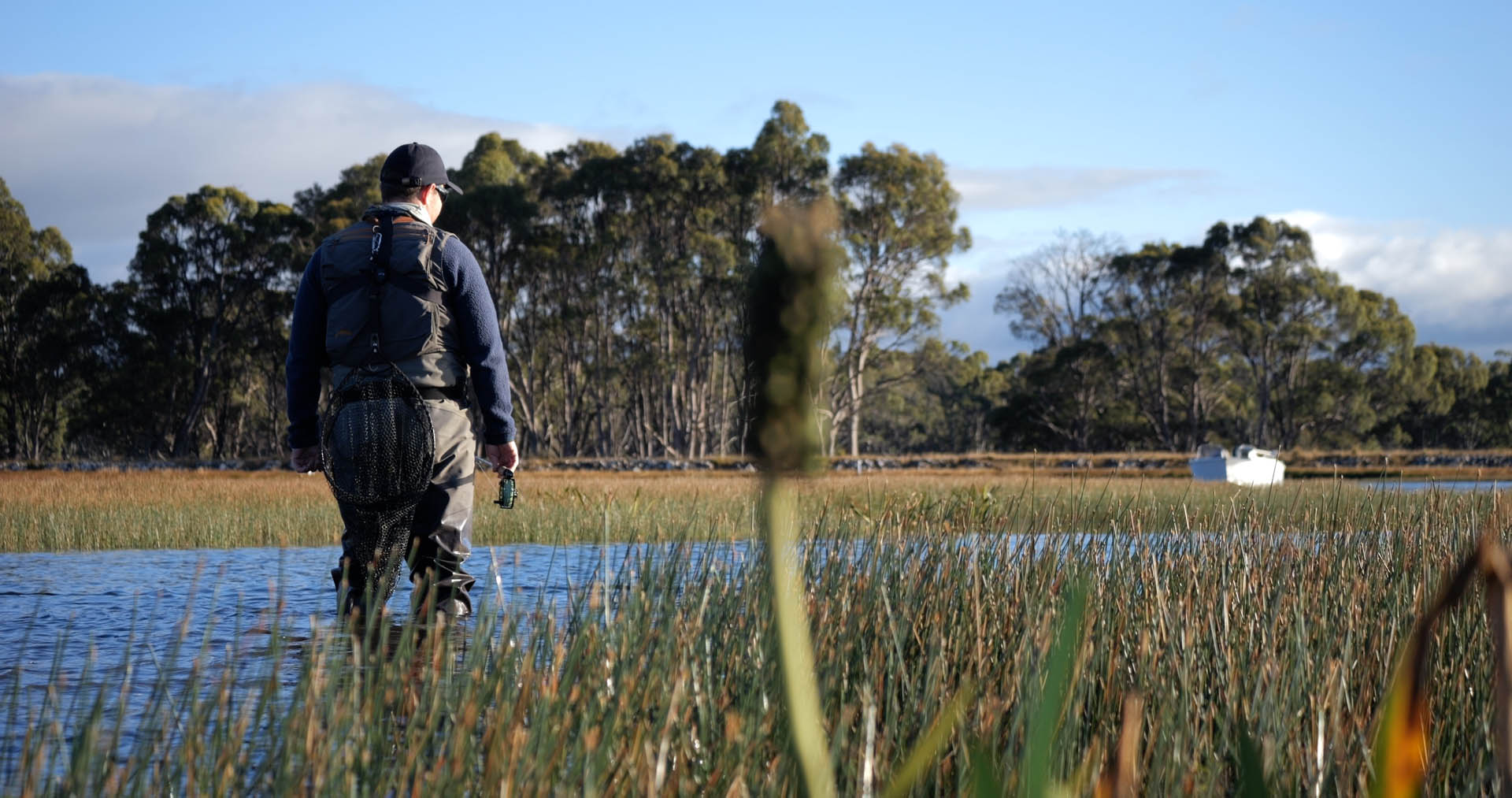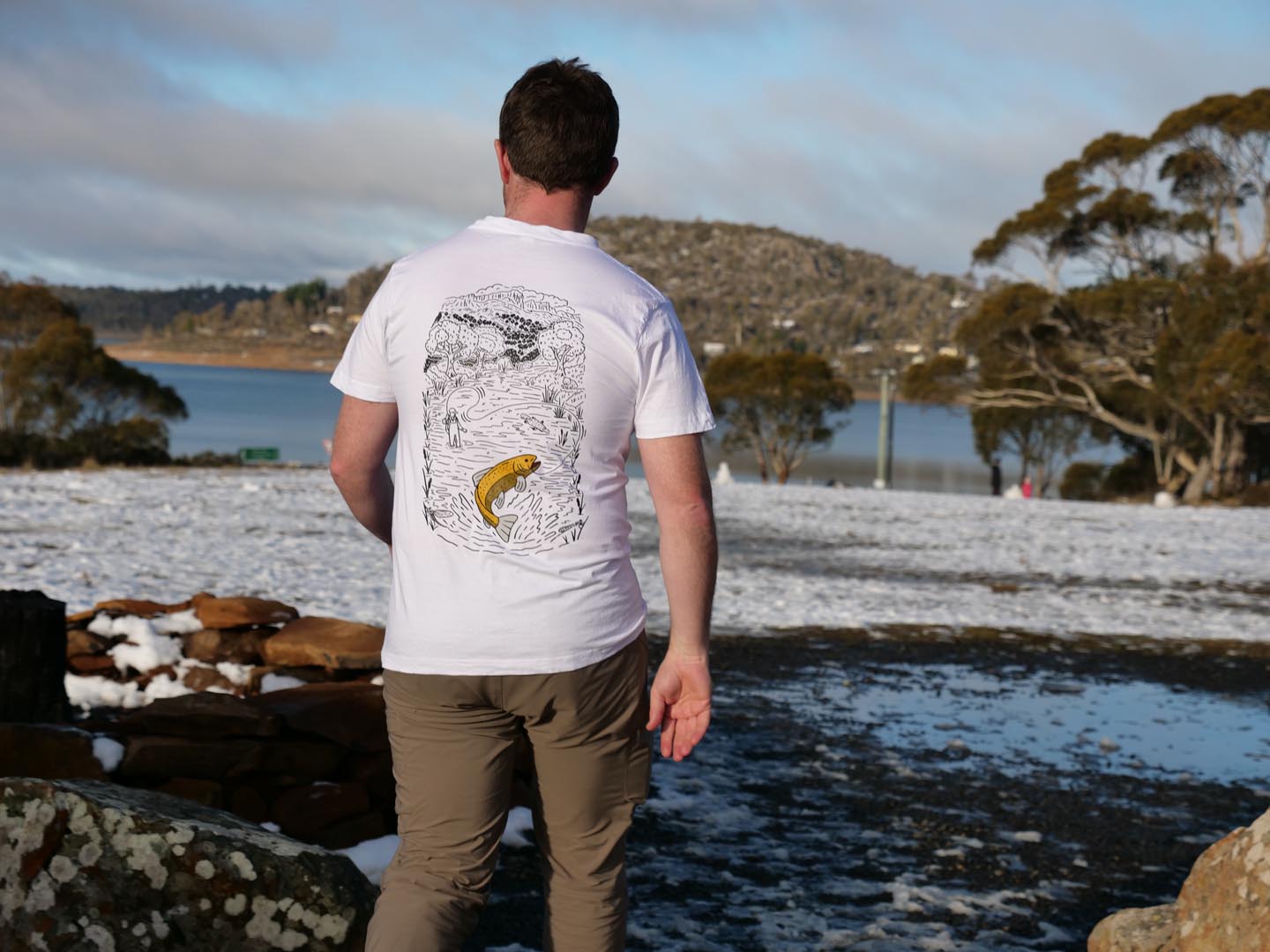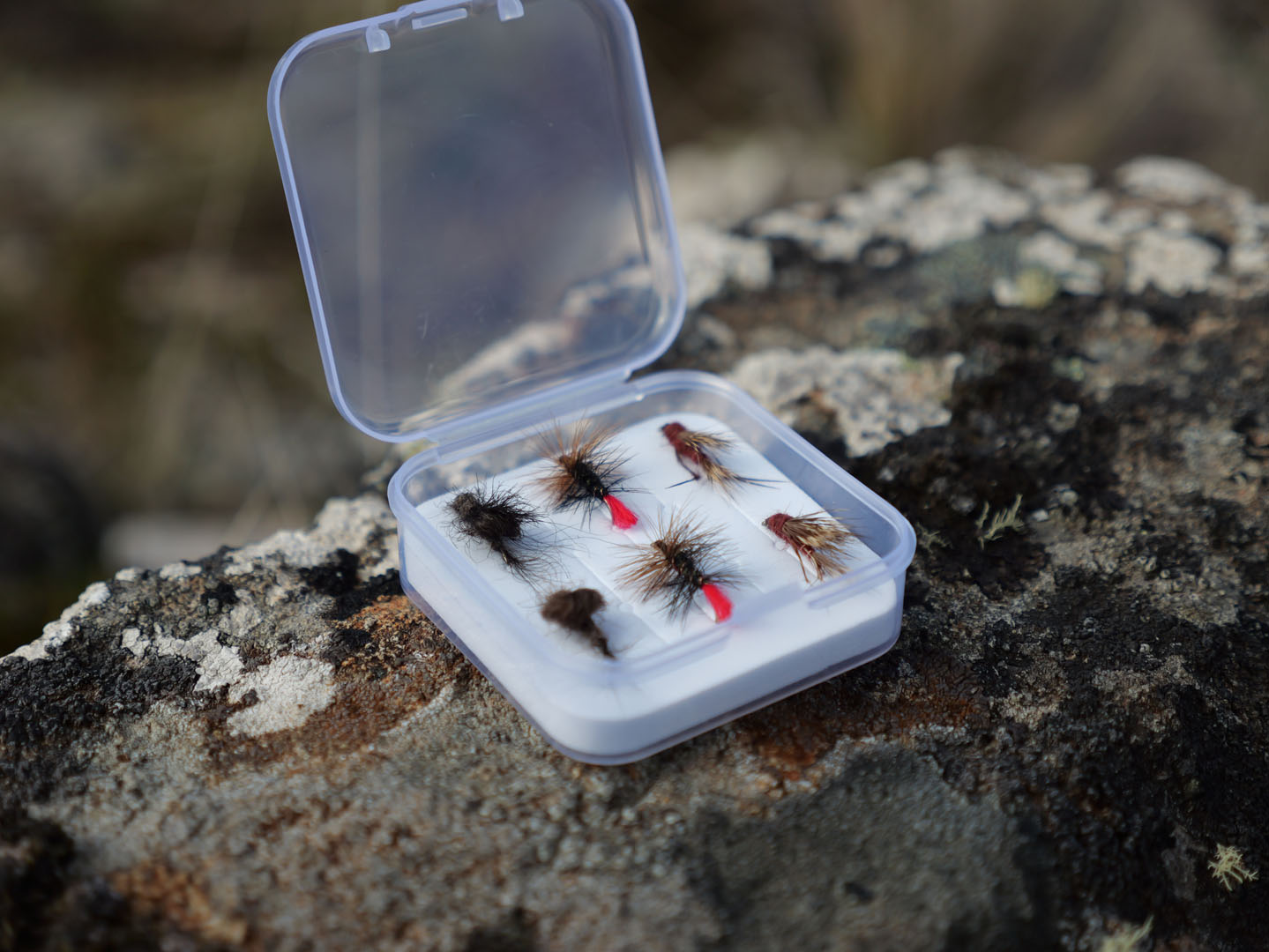Discover the best trout flies in Tasmania. Learn about effective fly patterns that help you catch trout across Tasmanian waters.
If you're planning a fishing trip to Tasmania, having the right trout flies is essential.
Tasmania offers some of the most pristine and productive trout fishing waters in the world, and the right fly patterns can make all the difference in your success. In this guide, we’ll explore some of the most effective Tasmanian trout fly patterns that local anglers swear by.
Why Choosing the Right Trout Flies in Tasmania Matters
Tasmania is an extremely diverse fishery with the varied climate and diverse trout habitats meaning that trout can be selective in their feeding. The Tasmanian trout flies, anglers use need to match the local insect life, water conditions, and the time of year.
A well-chosen fly can significantly increase your catch rate by mimicking the natural prey of the trout.
Looking to get your hands on some tried and tested local flies that work in Tasmania? Head to the Trout Tales online fly fishing shop.

Classic Tasmanian Trout Fly Patterns
1. The Tasmanian Red Tag
The Red Tag is a classic Tasmanian trout fly pattern that has been around for generations. This fly is particularly effective during the warmer months when trout are feeding on terrestrial insects. The Red Tag’s simple design and bright tag make it a go-to fly for many anglers in Tasmania.
Pro Tip: Use the Red Tag as a general 'go-to' dry fly if in doubt what the trout are feeding on.
2. The Woolly Bugger
The Woolly Bugger is another versatile fly that is a must-have in any trout flies Tasmania collection. Its lifelike movement in the water makes it irresistible to trout, especially in lakes and larger rivers. This fly can imitate a variety of prey, including small fish and frogs.
Pro Tip: Fish the Woolly Bugger with a varied retrieve near weed beds and lake edges to trigger strikes from larger trout.
3. The Royal Wulff
This dry fly is not just popular in Tasmanian trout waterways, but world wide. The Royal Wulff’s high visibility and buoyant design make it ideal for fast-flowing rivers where you need to keep your fly on the surface. It’s especially effective during caddis and mayfly hatches.
Pro Tip: Use the Royal Wulff on sunny days when trout are more likely to be taking surface flies.

When to Use Specific Trout Flies in Tasmania
Seasonality plays a crucial role in fly selection. In Tasmania, the fishing season generally runs from August to May, with different flies being more effective at different times of the year.
Spring (August to October): During spring, use wet fly patterns such as the Woolly Buggers. Trout are more likely to feed below the surface during this time.
Summer (November to February): This is the peak season for dry flies like the Red Tag and Royal Wulff. Trout are actively feeding on the surface, making dry flies the best option.
Autumn (March to May): As the weather cools, a range of dry and wet flies can be successful depending on the conditions. a combination of dry and wet flies can be needed during this time.
You can learn more about the seasons in our ultimate guide to fly fishing in Tasmania.
Tips for Fishing with Trout Flies in Tasmania
- Match the Hatch: Pay attention to the insects present around the water and choose a fly that mimics them. This strategy, known as "matching the hatch," is critical in Tasmania where the local trout can be selective.
- Use Local Knowledge: Tasmania has a strong community of fly fishers who can provide insights into the best fly patterns and techniques for specific locations. Visiting a local tackle shop or joining a fishing forum can be invaluable.
- Adjust Your Technique: Depending on the water conditions, you may need to adjust your casting technique, retrieve speed, or even switch between dry flies, nymphs, and streamers to find what works best on any given day.
Watch The Video: Checking For Insect Life
Top Locations to Use Trout Flies in Tasmania
Tasmania is blessed with a variety of fishing spots, from highland lakes to pristine rivers. Here are a few top locations to try your luck with trout flies in Tasmania:
- Arthurs Lake: Known for its population of wild brown trout, Arthurs Lake is a fantastic spot for fly fishing, especially with Woolly Buggers and nymphs. Learn more about fishing at Arthurs Lake in our detailed Arthurs Lake fly fishing guide.
- The Tyenna River: This river offers excellent fishing for both brown and rainbow trout. Dry flies like the Royal Wulff work particularly well here.
- Great Lake: Located in the Central Highlands, Great Lake is another top spot where trout respond well to larger streamers and bushy dry flies. For more insights, visit our fly fishing at Great Lake location page
Looking for more Tasmanian fishing insights? Check out our fly fishing Tasmania Patreon to connect with local experts and get the latest tips.

Essential Gear for Fly Fishing in Tasmania
To make the most of your fishing adventure in Tasmania, ensure you have the right gear. Alongside your collection of trout flies Tasmania, consider the following essentials:
- Fly Rod and Reel: A 5 or 6-weight rod is ideal for most Tasmanian conditions.
- Waders: Tasmania's rivers can be cold, so a good pair of waders will keep you comfortable.
- Polarised Sunglasses: These help reduce glare on the water, making it easier to spot fish and improve your casting accuracy.
The best gear and more for fly fishing in Tasmania is available at our online fly fishing shop.

Conclusion
Fly fishing in Tasmania is an unforgettable experience, and having the right trout flies can greatly enhance your success. From the classic Red Tag to the versatile Woolly Bugger, these patterns are proven to catch trout in Tasmanian waters. By paying attention to local conditions and adjusting your fly selection accordingly, you'll be well on your way to landing some impressive fish.
Final Thoughts - Remember, the key to success with trout flies in Tasmania is not just having the right flies but knowing when and how to use them. Whether you're a local or a visitor, these tips and patterns will help you make the most of your time on Tasmania's beautiful waters.
Feature Posts
Ready to book A trip?
Experience all of what fishing in Tasmania has to offer through a personalised fly fishing tour.
Book Now





